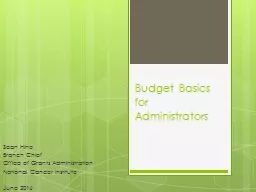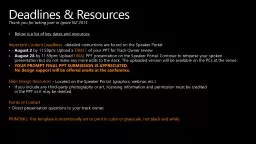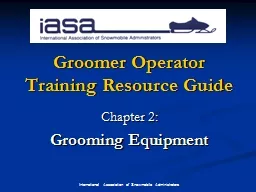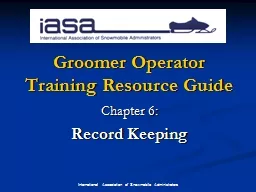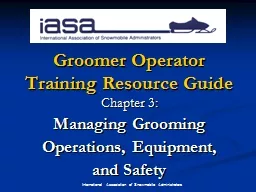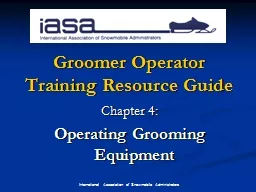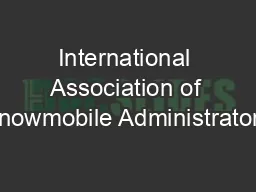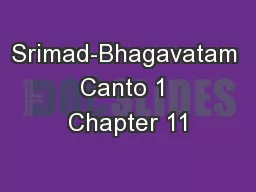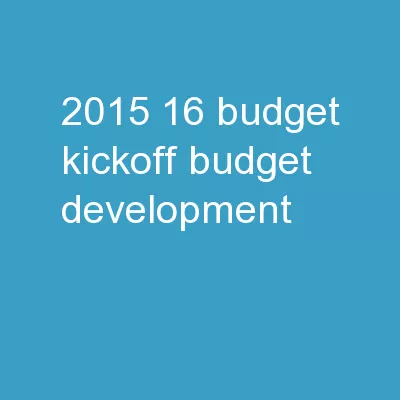PPT-Budget Basics for Administrators
Author : danika-pritchard | Published Date : 2016-09-13
Sean Hine Branch Chief Office of Grants Administration National Cancer Institute June 2014 What we will be discussing Lets discuss some logistics How do you start
Presentation Embed Code
Download Presentation
Download Presentation The PPT/PDF document "Budget Basics for Administrators" is the property of its rightful owner. Permission is granted to download and print the materials on this website for personal, non-commercial use only, and to display it on your personal computer provided you do not modify the materials and that you retain all copyright notices contained in the materials. By downloading content from our website, you accept the terms of this agreement.
Budget Basics for Administrators: Transcript
Download Rules Of Document
"Budget Basics for Administrators"The content belongs to its owner. You may download and print it for personal use, without modification, and keep all copyright notices. By downloading, you agree to these terms.
Related Documents

